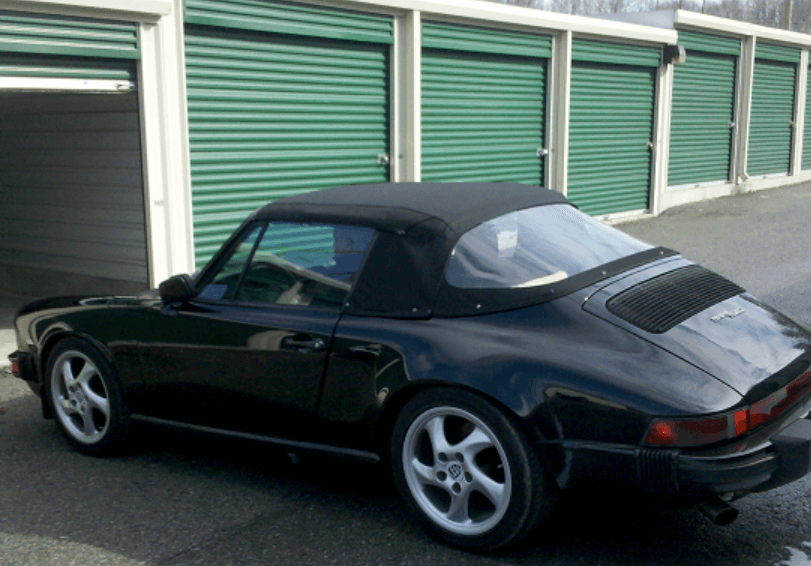
Storing any vehicle requires following best practices, and this is doubly true for vintage and classic cars. The first step is finding the right storage unit—one that is dry, dark, and highly secured such as the options at Oquirrh View Storage. Of course, these units also need to be available in various sizes to fit your vintage ride (many of which are larger than today’s compact options). When you do find the perfect vehicle storage unit, make sure to put down a protective mat so it will be easy to spot any surprise leaks on your vehicle when it’s time for maintenance or to take it on the road.
Prior to storing your vehicle, make sure it’s properly washed, waxed (if that’s part of your practice), and dried. If you don’t do this yourself, a great option is to find a mobile service that specializes in vintage cars. They’ll be able to meet you at the storage facility to ensure your vehicle is truly clean immediately before it’s stored. However, prior to arriving at the storage unit, you’ll want to fill the tank between ½ - ¾ with premium fuel. Add fuel stabilizer to help optimize the fuel that will sit unused for what may be several months. The fuel stabilizer should be properly run into the carburetor, injectors, fuel rails, and more prior to storage.
If it’s close to time for an oil or filter change, it’s best to take care of these tasks prior to storage. Clean oil ensures that your car’s mechanical parts will be in contact with less contaminants that can affect an engine during storage. Make sure the tires have the recommended air pressure, especially if you plan to immediately take it on the road in coming months. Depending on the type of car you have and your insurance, your policy may require you to notify them of the storage address. You’ll want to double check on this before parking your vehicle away from your home.
Many car owners put a box of open baking soda in the trunk and interior of the car. This helps keep pests at bay while minimizing odor. Bring a plastic bag to put over the air inlet and exhaust pipe. Another option is to use aluminum foil and tape it into place. Mothballs should be put in the tailpipe and sprinkled around the car’s exterior. Finally, it’s always a good idea to put the car on a jack to minimize pressure on the tires and avoid flat spots. This also helps your suspension last longer.
The battery is one of the biggest issues with long-term car storage. You can either unhook the battery (just never put the negative cable on concrete or anywhere it might freeze) or you can leave the battery as it is with a battery tender. However, the latter option will require a storage unit with power available—which is another reason why it’s so important to do your homework when researching storage units for vintage vehicles.
Make sure all of the windows are closed and any personal items are removed. You don’t need to worry much about the risks of freezing if you choose a storage facility with temperature control. However, regardless of temperature swings (or not), there is some debate over the benefits of starting the car regularly. If you do want to start the car routinely while it’s stored, stick with at least ten minutes of having the engine on so that any water vapors can burn off—otherwise, you might get stuck with water in the combustion chamber. For more tips and to secure your perfect unit, contact Oquirrh View Storage today.
